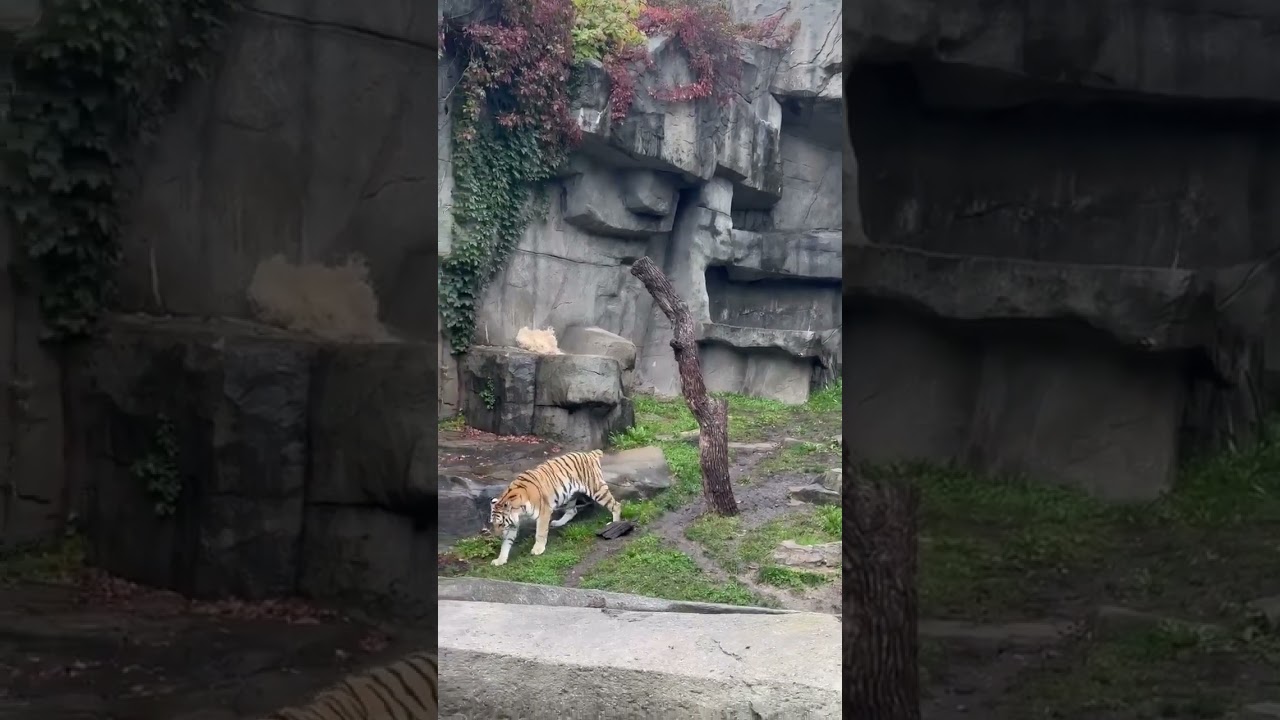Summary:
– The majestic roar of tigers – an awe-inspiring sound
– Understanding the significance of a tiger‘s roar
– The unique anatomy of a tiger’s vocal apparatus
– The purpose behind a tiger’s roar – communication and territorial marking
– The conservation challenges faced by tigers
Step into the wild world of tigers, where the echoes of their mighty roars pierce through the dense jungles, captivating our hearts and stirring our imaginations. The roaring symphony of these majestic creatures never fails to leave an indelible mark on our souls. Let’s delve into the fascinating aspects of Tigers and unravel the secrets behind their awe-inspiring roars.
Have you ever wondered why a tiger’s roar, like a thunderous rumble, evokes a mix of fear and admiration deep within us? The answer lies in the history of human evolution, where our ancestors journeyed alongside these formidable hunters, forging a primal connection that still resonates today.
To truly understand the significance of a tiger’s roar, let us explore the unique anatomy of their vocal apparatus. Tigers possess a specialized larynx, a gift from nature that enables them to produce sounds at volumes reaching up to 114 decibels. That’s louder than a jackhammer and almost as powerful as a rock concert! This astonishing capability allows the tiger’s roar to travel over two miles, penetrating through thick vegetation and resonating across the vibrant wilderness.
But what is the purpose behind such a mighty bellow? Unbeknownst to many, a tiger’s roar is a powerful communication tool. Whether it is a primal call to assert dominance, a passionate cry during the mating season, or a fierce declaration of territory, their roars reverberate through the jungle, signaling their presence to friend and foe alike. It’s almost as if they are announcing their royal existence, captivating our attention and reminding us of the untamed beauty of the natural world.
One of the most intriguing aspects of a tiger’s roar lies in the revelation that no two roars are the same. Like a fingerprint, each tiger possesses a unique vocal signature, allowing them to be individually recognized. This characteristic not only aids research and wildlife conservation efforts but also adds to the mystique of these enigmatic creatures.
As we explore the wonders of the tiger’s roar, we cannot ignore the pressing conservation challenges they face. With habitat loss, poaching, and human-wildlife conflicts threatening their very existence, tigers find themselves precariously positioned on the brink of extinction. It is our collective responsibility to protect and preserve these majestic creatures, ensuring that their roars continue to resonate through the corridors of time.
To protect tigers, we must advocate for the preservation of their habitats, the expansion of protected areas, and the enforcement of stringent anti-poaching measures. Additionally, community-based initiatives are pivotal in facilitating human-wildlife conflicts and fostering harmony between people and tigers. By promoting responsible tourism and education, we can raise awareness and foster a deeper appreciation for the importance of conserving these magnificent apex predators.
So, the next time you find yourself immersed in the enchanting realm of tigers, take a moment to embrace the sheer power and beauty of their roars. Let it ignite a fire within you to champion the cause of wildlife conservation. Together, we can ensure that future generations inherit a world where the resounding roars of tigers continue to echo through the ages, reminding us of the untamed wonders within our reach.
In the tapestry of life, tigers stand as ardent reminders of the intrinsic value of every living being. Their roars serve as a natural symphony, a reminder that the wild still exists, waiting to be cherished and protected. So, let us join hands and embark on a journey to safeguard our shared heritage, where the roar of a tiger becomes an eternal song of hope and resilience.
*****
Source Description


